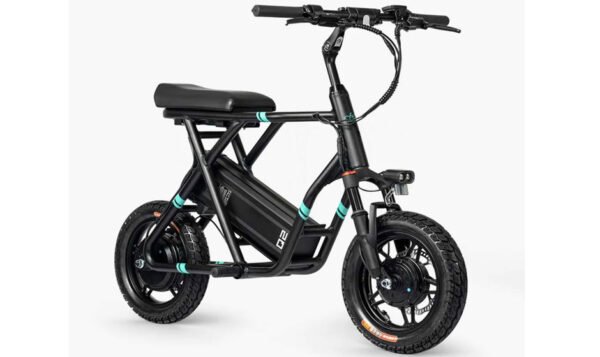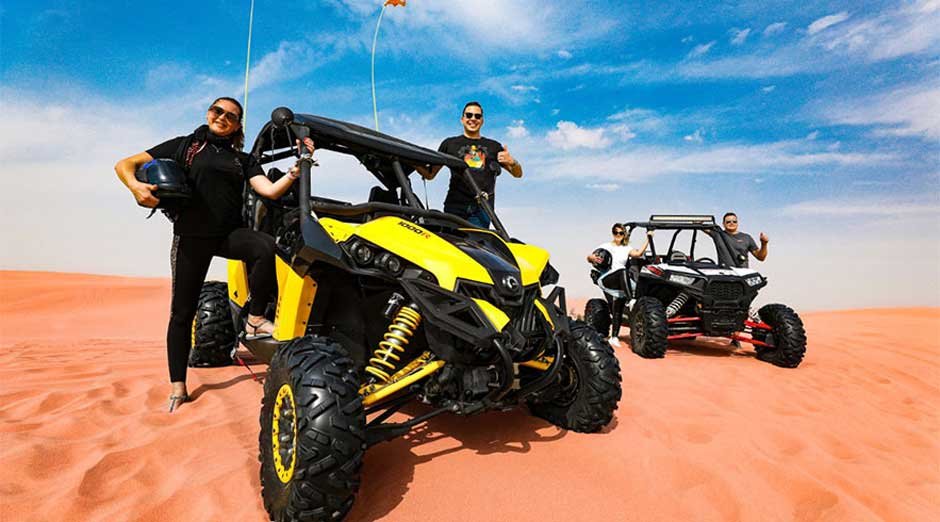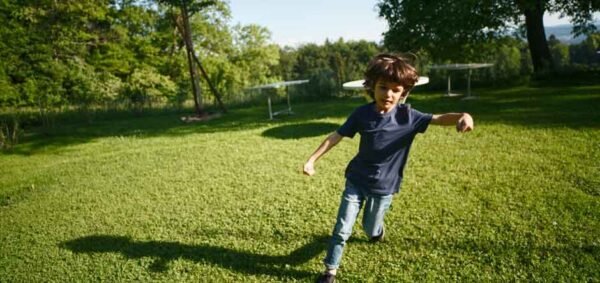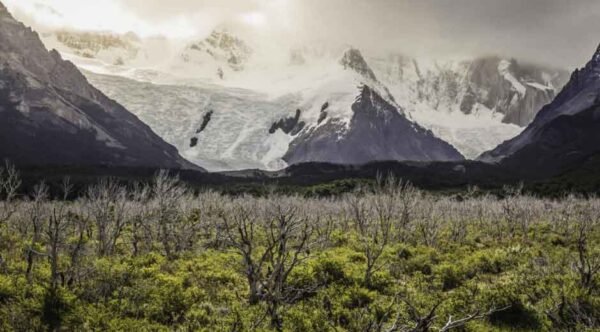How Camping Gear Doubles as Emergency Essentials
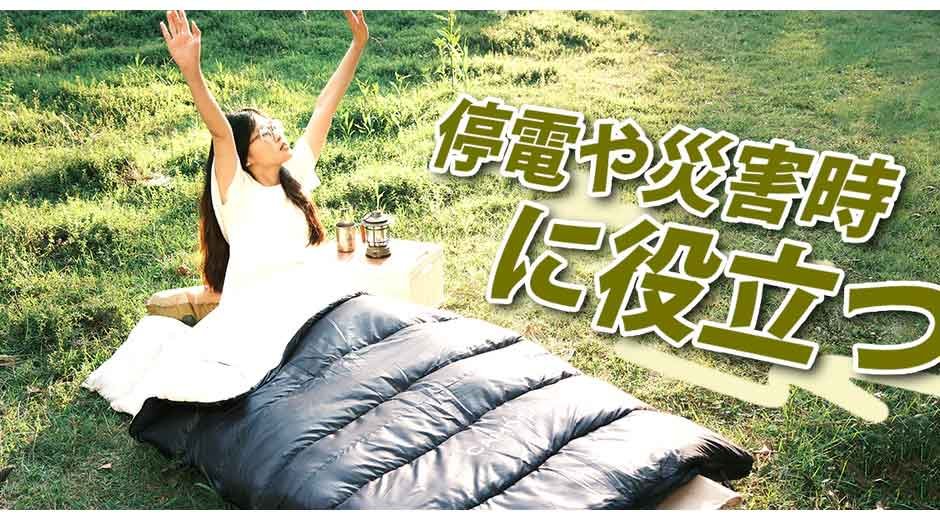
Outdoor enthusiasts often invest in camping gear to explore the wilderness, escape the noise of daily life, and reconnect with nature. But what many people overlook is that the same gear designed for outdoor adventures can play a crucial role during emergencies or disasters. From power outages to earthquakes, floods, or unexpected storms, your camping equipment can become lifesaving tools that help you stay safe, warm, and well-fed when conventional infrastructure fails.
This article explores how camping and emergency preparedness intersect—and why building a versatile gear setup can give you peace of mind both on the trail and at home.
1. The Overlap Between Camping and Disaster Preparedness
At first glance, camping and disaster preparedness may seem like separate worlds—one about leisure, the other about survival. Yet, they share the same foundation: self-sufficiency. Both require the ability to live independently of modern conveniences like electricity, running water, and indoor shelter.
When you go camping, you already practice skills essential for emergency situations: cooking without a kitchen, sleeping in minimal shelter, conserving resources, and maintaining comfort with limited supplies. The same portable tools that make a camping trip enjoyable—like tents, シュラフ, portable stoves, and lanterns—are exactly what you need to withstand natural disasters or long-term power outages.
By approaching your camping gear as a dual-purpose investment, you’re not only preparing for your next outdoor adventure—you’re also strengthening your household’s resilience in uncertain times.
2. Shelter and Warmth: The Foundation of Safety
In both camping and disaster scenarios, maintaining body temperature and securing a safe shelter are top priorities. A sturdy tent that protects you from wind and rain can be as vital in your backyard during an emergency as it is at a campsite in the mountains.
Sleeping bags, especially those rated for low temperatures, can keep you warm even when indoor heating is unavailable. Pairing them with insulated sleeping pads or インフレータブル マット adds an extra layer of comfort and warmth by preventing heat loss to the ground.
If you live in an area prone to earthquakes or floods, storing a compact tent and sleeping gear at home ensures that you’ll have an immediate shelter option should evacuation become necessary. Unlike makeshift solutions, camping equipment is lightweight, durable, and designed for prolonged outdoor use—qualities that make it invaluable during crises.
3. Cooking and Clean Water: Staying Nourished Anywhere
During emergencies, access to clean water and hot meals can be severely limited. Portable camping stoves, cookware, and fuel can serve as reliable substitutes when your home’s kitchen is unusable. With a simple setup, you can boil water, prepare basic meals, or even sterilize utensils.
Similarly, water filtration systems and purification tablets—originally designed for hiking and camping—can transform unsafe water sources into drinkable ones. In situations where municipal water services are disrupted, these tools can make the difference between safety and illness.
Keeping a small supply of non-perishable camping food, like dehydrated meals, alongside your gear ensures you can maintain energy levels without relying on perishable groceries. These lightweight, easy-to-prepare options are not only perfect for the outdoors but also for surviving unexpected emergencies.
4. Lighting and Power: Staying Connected in the Dark
One of the first things to fail during disasters is the power supply. When the lights go out, camping lanterns, flashlights, and portable solar panels become essential sources of illumination and communication.
Modern LED camping lanterns can last for hours on a single charge, while headlamps allow you to move around safely in low-light conditions. If you have a portable power station or a solar charger, you can also keep your phone and essential small devices charged—a critical lifeline for communication and navigation during emergencies.
For households in disaster-prone areas, keeping a set of battery-powered or solar lighting solutions in an easy-to-access location is a simple step that can dramatically improve comfort and safety during blackouts.
5. First Aid and Emergency Comfort
Camping encourages a mindset of preparedness and resourcefulness, both of which are essential in emergencies. A well-stocked first aid kit should always be part of your キャンプ ギア—and it should also be readily available in your home.
Beyond treating minor injuries, first aid kits can help stabilize a situation until professional help arrives. Many campers also carry compact emergency blankets, fire starters, and multi-tools—all of which can prove indispensable during disasters.
Equally important is maintaining mental comfort. In stressful situations, familiar tools like your camping gear can bring a sense of control and calm. Whether it’s sitting inside a tent for shelter or making tea on a small stove, these small comforts can make a big psychological difference during prolonged emergencies.
6. The Value of Portability and Preparedness
One of the main advantages of camping gear is portability. Most items are designed to be lightweight, compact, and easy to set up—qualities that are equally valuable during evacuation scenarios.
If you need to leave your home quickly due to a wildfire, flood, or earthquake, being able to grab your camping bag means you already have the essentials: shelter, warmth, light, food preparation tools, and basic hygiene supplies. This reduces the stress of last-minute packing and ensures you won’t forget critical items.
It’s a good habit to periodically check your gear—ensure batteries are charged, fuel canisters are full, and tents or sleeping bags are in good condition. A well-maintained camping kit is essentially a ready-made emergency kit that can be used anytime, anywhere.
7. Creating a Dual-Purpose Gear Strategy
To get the most value out of your camping gear, think strategically about its versatility. Instead of keeping separate camping and emergency kits, consider integrating the two. For example, store your tent, sleeping bags, and portable stove in a single, easy-to-access location.
During non-emergency times, enjoy your equipment on outdoor trips. When not in use, keep it ready for unexpected situations. This approach not only saves space and money but also ensures that your survival gear remains tested, familiar, and fully functional.
Additionally, practicing with your gear regularly during camping trips helps you build the confidence and skills needed to use it efficiently in high-stress situations. The better you know your tools, the more effectively you can rely on them when it matters most.
8. A Mindset That Bridges Adventure and Security
Ultimately, embracing the connection between camping and disaster preparedness isn’t just about owning the right gear—it’s about developing the right mindset. Both activities encourage adaptability, problem-solving, and independence.
When you learn to thrive in the outdoors, you also learn to stay calm and capable when faced with uncertainty. Whether you’re under the stars on a peaceful camping trip or weathering a storm at home, the skills and tools you gain from outdoor living empower you to protect yourself and your loved ones in any situation.
Conclusion: Preparedness is the Ultimate Adventure
In today’s world, where natural disasters and unpredictable events are becoming increasingly common, the line between outdoor recreation and emergency readiness has never been thinner. Investing in high-quality camping gear is not only an invitation to explore the beauty of nature but also a step toward building resilience and peace of mind.
When adventure meets safety, your gear becomes more than just equipment—it becomes a bridge between exploration and survival. Whether you’re pitching a tent under clear skies or using it as a temporary shelter in your backyard, one truth remains constant: being prepared is the greatest adventure of all.
